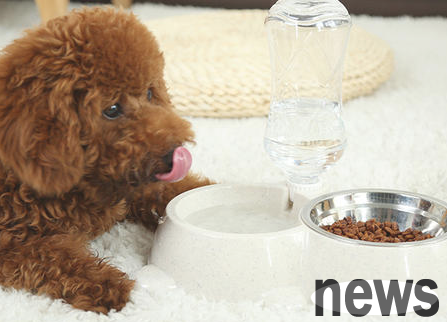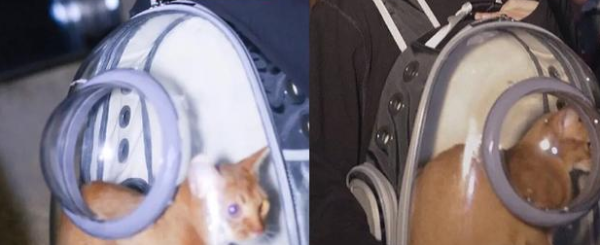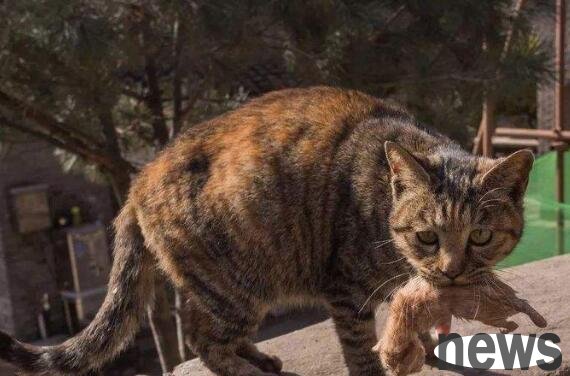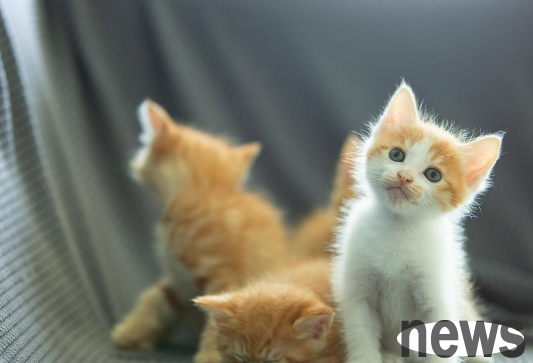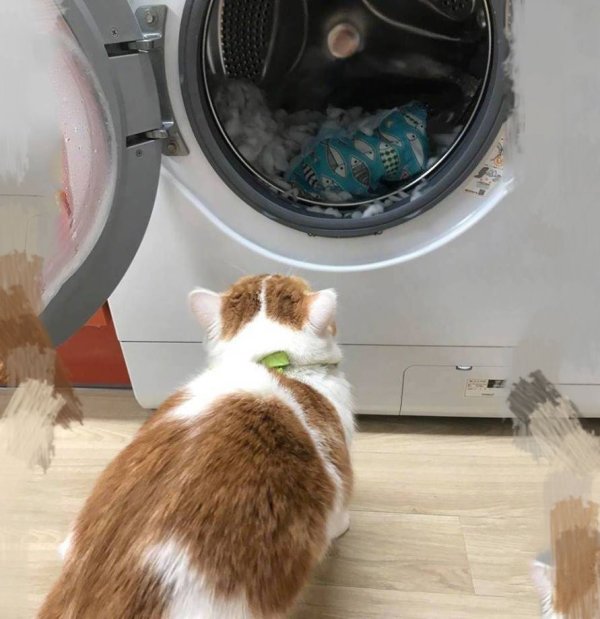What is the difference between adult cat food and kitten food?
What is the difference between kitten cat food and adult cat food? Can kittens eat adult cat food? The commercial foods sold on the market now are basically acidified foods. The so-called acidified food is to feed the cat acid urine after feeding it, that is, the urine pH value is 6-6.5. It is clinically found that adult cats, especially adult cats aged 3-10, are most likely to develop urinary stones of magnesium phosphate (struvite) which account for more than 90% of cat urinary stones. Eating acidified foods to maintain the urine PH6-6.5 can effectively prevent the opening of magnesium phosphate stones. Acidified foods are the use of animal protein in foods, plus phosphoric acid and ammonium chloride. Animal proteins are rich in sulfur-active acids, such as methionine, which can produce sulfuric acid in cats and are then excreted in urine. During the growth period, young cats have some special requirements for food. In addition to the necessary nutrients, they also need energy intake, as well as some substances that help the growth of its body organs. Young cats need four times the energy per kilogram of body weight than adult cats. Young cats consume more protein than adult cats, and they need to contain the amino acids they need to grow. They also need appropriate amounts of vitamins and minerals to ensure the healthy growth of teeth and bones. Therefore, young cats must eat a lot of food. Its stomach capacity is relatively small. In order to meet the nutritional needs, it is best to eat more and eat less. In order to adapt to the nutritional needs of fast-growing young cats, the food they feed should also meet the non-standard standards. Ideal food should be highly nutritious, so that young cat food can obtain the nutrients they need with a small amount of food. Food should also be easy to digest to ensure that the nutrients in it are fully absorbed by young cats. Obviously, food should be nutritionally balanced to meet the special needs of young cats, and the food should also be delicious so that young cats can eat it. Designing a nutritionally balanced diet is a complicated task. It is worth celebrating that feeding young cats is no longer so complicated now. Nutritionists and veterinarians have developed kittens food that meets the special needs of young cats. This food is finely processed, delicious and affordable, and is an ideal cat food. Overacidified cat foods with pH values below 6 can cause excessive loss of potassium and calcium from the urine, which is harmful to cat health. Young cats mainly eat milk and can produce acidic urine in their bodies. If young cats are allowed to eat acidified food, it will hinder the healthy growth and development of young cats' bones. This is one of the reasons why young cats cannot feed commercial foods for adult cats. Pregnant and lactation female cats are not suitable for feeding acidified foods, because acidified foods can hinder the healthy development of the fetus or young cats. Elderly cats older than ten years old are prone to oxalate urinary stones. Oxalate urinary stones are formed in an acidic urine environment. Feeding acidified foods will increase the risk of urinary stones in elderly cats. Therefore, elderly cats should not be fed acidified food. Foreign, in recent years, the increase in cats with oxalate urinary stones has been found in non-elderly cats, which may be related to the popularization of acidified foods in adult cats, especially those that make urine pH value less than 6.


